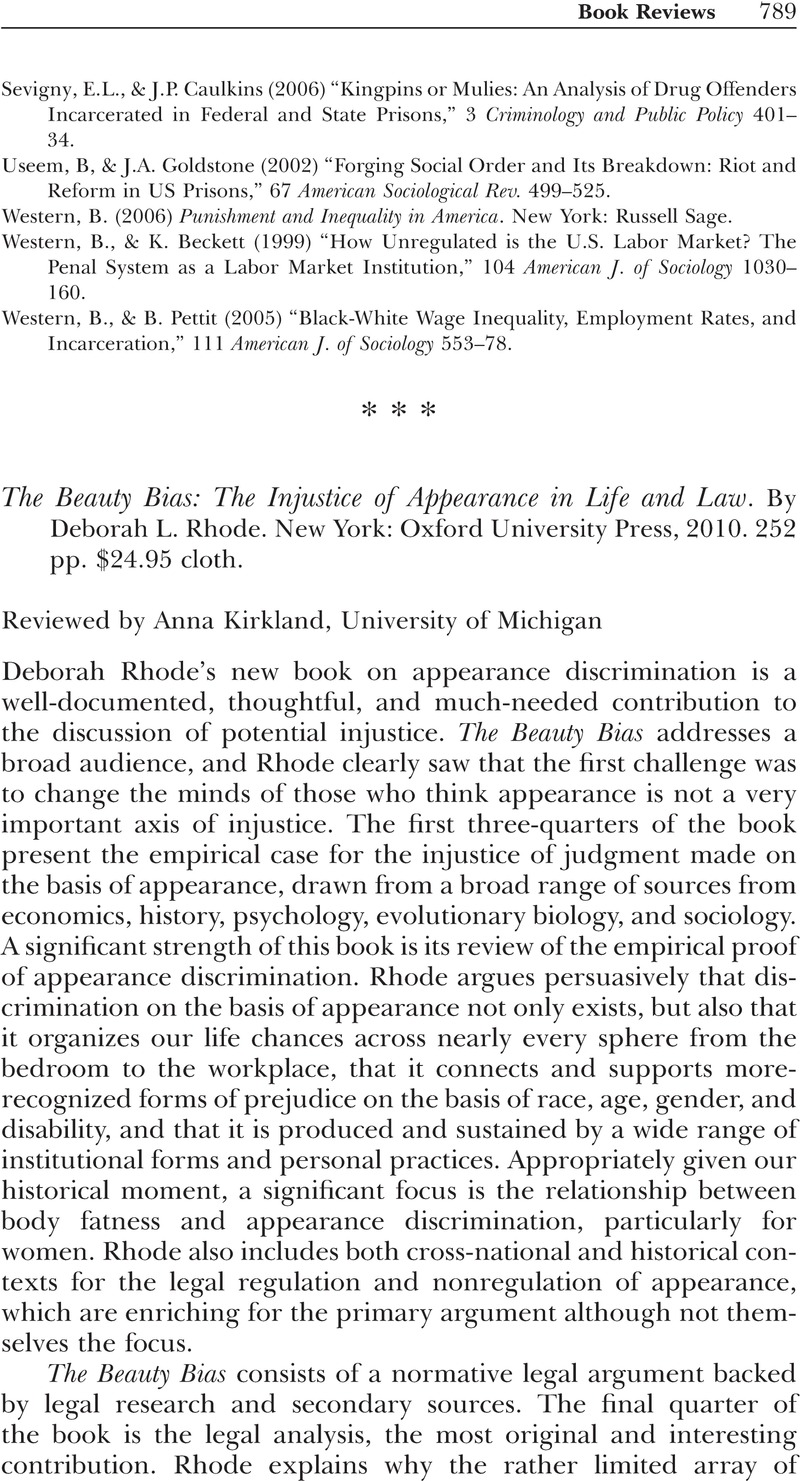Crossref Citations
This article has been cited by the following publications. This list is generated based on data provided by Crossref.
Hall, Ronald E
2021.
The Historical Globalization of Colorism.
p.
85.



